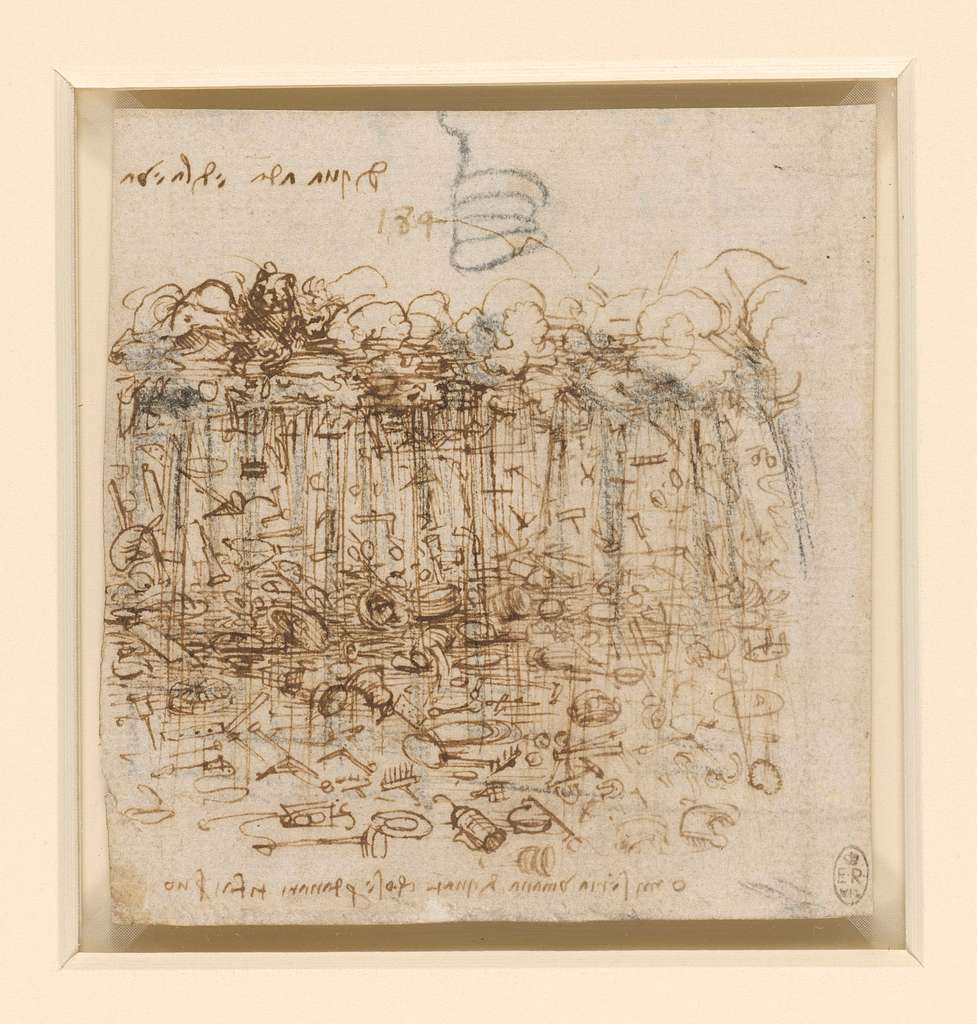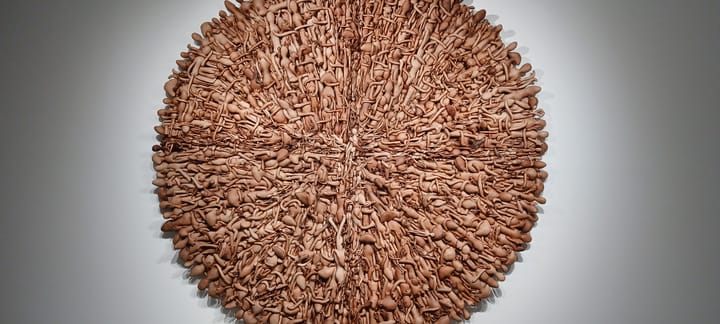things I love, not people—too obvious
- Mario Levrero
- Bodhi Linux
- while we’re on the subject of books (Levrero), Michel Houellebecq’s Annihilation . . .
hang on, why “too obvious”?
- because you can tell it from the outside
- see? from the bodies mine is in proximity to,
- how close I am . . . however,
- things are more difficult,
- things have to be divulged
- or confessed or
- as we put it now, shared.
And yet, we still might ask about the affinity of things and bodies and different kinds of love,
- visible
- invisible
- and then, can we say, thinking of Foucault, discursive?
Isn’t it into the discourse of things that we enter when considering our love for things?
(And then, a general thingification, a quantification whereby uncountable qualities,
- bodies
- (even to including the bodies of those we love and especially poignantly those)
- things like
- (the things we love are, like the best books we’ve read, eminently countable)
- Bodhi Linux, which is an operating system
- (certain things, like Linux operating systems, seem made for lists)
- Mario Levrero who is or was an author, who wrote that unnecessary masterpiece, The Luminous Novel, whose The Thinking-About-Gladys Machine I’m currently reading
- in French, when it appeared in 2022, Anéantir,
become numbers.)
Further to the following lithograph, A cloudburst of material possessions by Leonardo da Vinci

. . . the question arises of what is material and what immaterial, our
- immaterial loves, for example
- and, in contradistinction to,
- our material loves.


